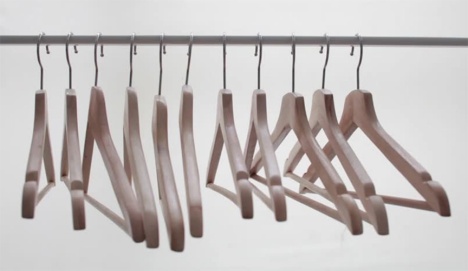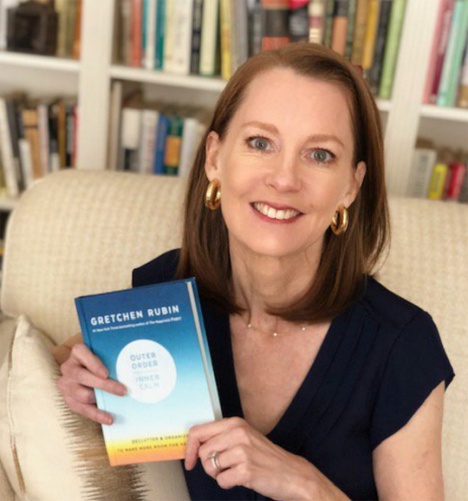Last week COP26, the annual UN-sponsored climate change conference ended in Glasgow. Was anything accomplished?
“Infuriating and disappointing” was the reaction of the youth climate activist organization FridaysForFuture Scotland. “They even succeeded in watering down the blah, blah, blah which is quite an achievement,” was the sardonic response of Greta Thunberg, the 18-year-old founder of #FridaysForFuture.
Young people all around the world have really had it with the inaction, and the irresponsibility of world “leaders” to lead, and to treat the climate crisis as the crisis it is. They are, after all, the ones that will have to live with the consequences of decisions made by the people in power. They are the ones that are worried, not unreasonably, about what kind of world it will be if and when they have children. They have done their homework and they know what those consequences are more than likely to be: they are likely to be catastrophic, and indeed in much of the world they already are.
I became more aware of this youth climate action movement through a book published this year: it is called Stone Soup for a Sustainable World: Life-Changing Stories of Young Heroes. This book showcases the incredibly innovative, impressive, and most of all energetic work that young people all around the world are doing, and the results they are having in tackling the massive environmental problems we are facing. And despite the severity of those problems, this is a book that inspires hope, and provides a myriad of ways for others to join in this work, and help make a difference.
Young people were at COP26 in large numbers, and that is perhaps the most important thing that happened there. In Glasgow, dedicated young climate activists coming from around the world had the chance to meet each other, draw strength from each other, and let us know what really did–and did not–happen at the conference. They are not giving up. They are working together to keep pressure on the powers that be. And they need our help in growing and strengthening this movement.
As Thanksgiving approaches, I must say that one of the things I am most grateful for this year is that young people are not sitting down and being quiet about climate change, or giving up on the chances for humans to survive on this beautiful planet. They are standing up, they are speaking out. They are demanding meaningful, substantive change. They are demanding, and are devoting themselves to #ClimateActionNow. We should all be grateful for this.
If you want to learn more about what youth around the world are doing, and how you can help, #FridaysForFuture is one good place to start.
This video features a few of the young climate activists who were in Glasgow sharing their thoughts about it. It’s six minutes, well worth your time. Even if you can only listen to the first couple of minutes, please do it. These kids deserve to be heard.
Happy Thanksgiving, everyone!
Janet Hulstrand is a writer, editor, writing coach, and teacher. She is coauthor of Moving On: A Practical Guide to Downsizing the Family Home and author of Demystifying the French: How to Love Them, and Make Them Love You.
Filed under: environment | Tagged: ClimateActionNow, ClimateCrisis, COP26, Fridays for Future, Youth Climate Activists | Leave a comment »

















